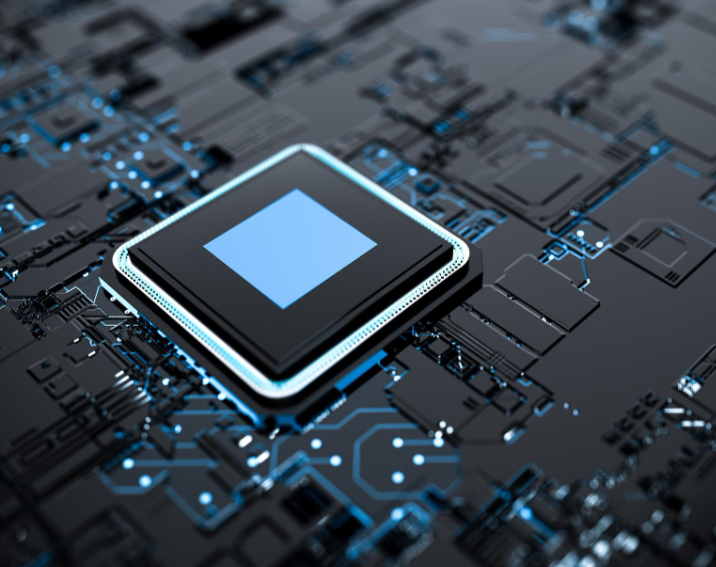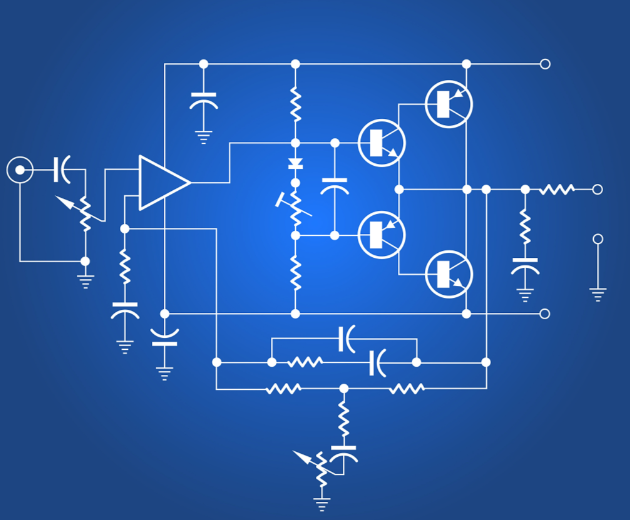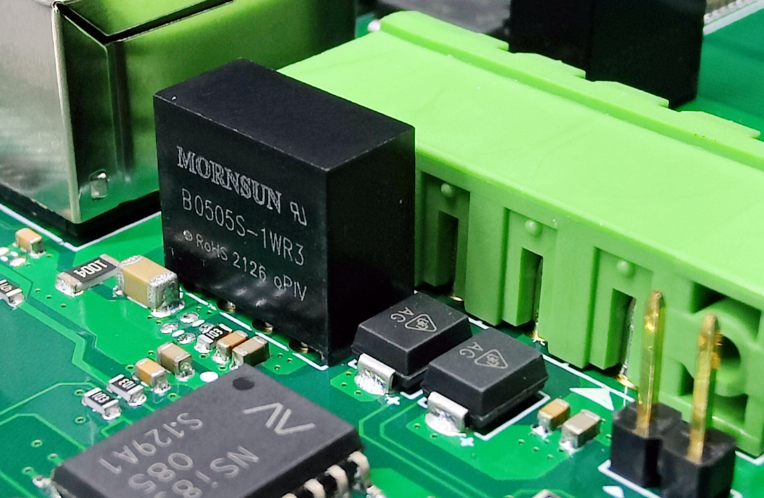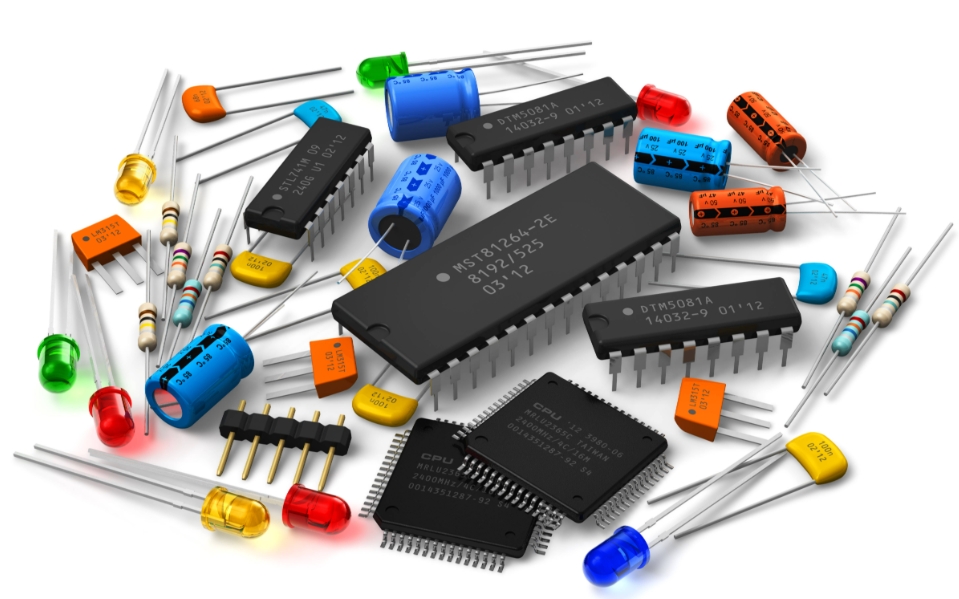Symbols and Functions of Electronic Components: The Essential Guide
Introduction
In the intricate world of electronics, a universal language exists that allows engineers, technicians, and hobbyists from every corner of the globe to communicate complex ideas with remarkable clarity. This language is not composed of words, but of symbols. The ability to read and interpret electronic component symbols is a fundamental skill, akin to learning the alphabet before writing a novel. These symbols, standardized across schematics—the blueprints of electronic circuits—provide an immediate visual understanding of a component’s function and its relationship to other parts of the circuit. Without this symbolic shorthand, designing, troubleshooting, and understanding even the simplest electronic device would be a Herculean task. This article serves as a comprehensive guide to the most common electronic components, delving into their standardized symbols and, more importantly, their critical functions within a circuit. By mastering this knowledge, you unlock the ability to decipher the logic behind the technology that powers our modern world. For those looking to deepen their practical understanding and source these components, platforms like ICGOODFIND offer invaluable resources for finding reliable parts and technical data.

Part 1: Foundational Passive Components
Passive components are the fundamental building blocks of electronics. They cannot introduce energy into a circuit nor can they amplify a signal. Instead, they can only attenuate or store energy. Their behavior is typically linear and predictable.
1. Resistors
- Symbol: The most common symbol is a zig-zag line (US standard) or a simple rectangle (IEC standard).
- Function: The primary function of a resistor is to oppose the flow of electric current. This opposition, measured in Ohms (Ω), is known as resistance. By controlling current, resistors perform several vital tasks:
- Current Limiting: Protecting components like Light-Emitting Diodes (LEDs) from excessive current that would destroy them.
- Voltage Division: Creating specific voltage levels from a larger supply voltage using a configuration known as a voltage divider.
- Biasing Active Components: Setting the correct operating points for transistors and other active devices.
2. Capacitors
- Symbol: Two parallel lines placed close to each other. One line is often curved for polarized capacitors (like electrolytic capacitors), indicating the negative terminal.
- Function: A capacitor’s core function is to store electrical energy in an electric field. It consists of two conductive plates separated by an insulating material (dielectric). Its key roles in a circuit include:
- Filtering: Smoothing out voltage fluctuations. For example, large capacitors are used in power supplies to filter out “ripple” after AC is converted to DC.
- Coupling/Decoupling: Allowing AC signals to pass from one stage of a circuit to another while blocking DC voltage levels (coupling). They also shunt high-frequency noise to ground (decoupling).
- Timing: In combination with resistors, capacitors determine the time constant in timing circuits like oscillators and filters.
3. Inductors
- Symbol: A series of curved or looping lines, resembling a coil.
- Function: An inductor stores energy in a magnetic field when electric current flows through it. It resists changes in current flow. Its applications are centered around this property:
- Filtering: Inductors are used in conjunction with capacitors to create sophisticated filters (LC filters) that can block specific frequency ranges.
- Energy Storage: Essential in switch-mode power supplies (SMPS), where they store and release energy to achieve voltage conversion.
- Impedance Matching: Used in radio frequency (RF) circuits to maximize power transfer.
Part 2: Active Components and Semiconductors
Active components are the brains of the operation. They can control electron flow, amplify signals, and act as switches. Unlike passive components, they typically require a power source to function and can exhibit non-linear behavior.
1. Diodes
- Symbol: An arrow pointing towards a vertical line. The arrow represents the direction of conventional current flow (from positive to negative) when the diode is forward-biased.
- Function: A diode acts as a one-way valve for electricity. Its most critical function is to allow current to flow freely in one direction while blocking it almost entirely in the reverse direction. Specialized diodes include:
- Light-Emitting Diode (LED): Emits light when current passes through it.
- Zener Diode: Designed to allow current to flow in reverse once a specific “breakdown” voltage is reached, used for voltage regulation.
- Rectifier Diodes: Used to convert Alternating Current (AC) to Direct Current (DC).
2. Transistors
Transistors are arguably the most important invention in modern electronics, forming the basis of every microprocessor and memory chip. * Symbol: Varies by type. The Bipolar Junction Transistor (BJT) has three leads: Emitter, Base, and Collector. The Metal-Oxide-Semiconductor Field-Effect Transistor (MOSFET) has Source, Gate, and Drain. * Function: Transistors have two primary functions: switching and amplification. * As a Switch: A small current or voltage applied to the base (BJT) or gate (MOSFET) can control a much larger current flowing between the other two terminals, turning the circuit ON or OFF. This is the principle behind digital logic gates and microprocessors. * As an Amplifier: A tiny variation in the input signal at the base/gate can cause a large, proportional variation in the output current/voltage. This is fundamental to audio amplifiers, radio receivers, and sensors.
3. Integrated Circuits (ICs)
- Symbol: Typically represented by a simple rectangle or square with multiple pins extending from it. The symbol itself does not describe the internal complexity but serves as a placeholder. The functionality is defined by the IC’s part number and pinout diagram.
- Function: An IC is a complete electronic circuit—containing transistors, resistors, capacitors, and diodes—miniaturized and fabricated onto a single piece of semiconductor material (a “chip”). Their function is defined by their design:
- Microprocessors & Microcontrollers: Act as the computational brain of a system.
- Operational Amplifiers (Op-Amps): Amplify the difference between two input voltages.
- Voltage Regulators: Provide a stable, constant output voltage from a variable input.
- Logic ICs: Perform Boolean logic operations (AND, OR, NOT) for digital processing.
Finding the right IC for a project can be daunting due to the vast number of options available. This is where component sourcing platforms prove their worth. For instance, ICGOODFIND provides an efficient way for engineers and purchasers to search for and compare components from various suppliers, ensuring they get the correct part for their specific application.
Part 3: Electromechanical and Other Key Components
This category includes components that bridge the electrical and mechanical worlds, as well as other essential devices that don’t fit neatly into the passive/active classification.
1. Switches
- Symbol: Many variants exist, but all show a mechanism to open or close a conductive path. A simple single-pole single-throw (SPST) switch looks like a connection that can be broken.
- Function: The fundamental function of a switch is to manually open or close an electrical circuit, thereby interrupting or allowing the flow of current. They are the primary user interface for turning devices on and off.
2. Relays
- Symbol: Combines a coil (inductor symbol) with one or more switch symbols. The switch contacts are shown as being actuated by the magnetic field generated when current flows through the coil.
- Function: A relay is an electrically operated switch. It uses a low-power electrical signal to control a much higher-power circuit safely. For example, a small 5V signal from a microcontroller can use a relay to turn on a 120V AC motor.
3. Transformers
- Symbol: Two or more inductor coils placed next to each other, often with a solid line between them representing the core.
- Function: A transformer’s primary function is to transfer electrical energy from one circuit to another through electromagnetic induction. It can either “step up” (increase) or “step down” (decrease) AC voltage levels proportionally. This is crucial for power distribution and AC/DC power adapter operation.
4. Crystals and Oscillators
- Symbol: Often depicted as a rectangle with two leads or a crystal shape inside a rectangle.
- Function: These components provide a highly stable and precise timing reference for circuits. They generate a constant frequency signal that is used as a “clock” to synchronize operations in digital systems like microcontrollers and computers.
Conclusion
Understanding the symbols and functions of electronic components is not merely an academic exercise; it is the key that unlocks the ability to design, build, and troubleshoot electronic systems. From the current-limiting action of a simple resistor to the computational power of a complex integrated circuit, each component plays a specific and vital role. The schematic diagram, with its standardized symbols, serves as the universal map that guides us through this electronic landscape. As technology continues to advance at a rapid pace, this foundational knowledge remains constant, empowering innovators to create the next generation of technological marvels. Whether you are an experienced engineer or an enthusiastic beginner, continually referencing these symbols and deepening your understanding of component functionality is essential for success in the field of electronics.
















